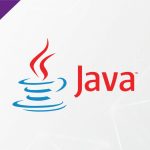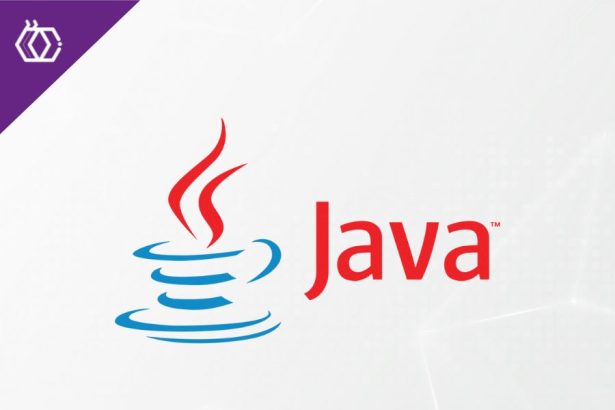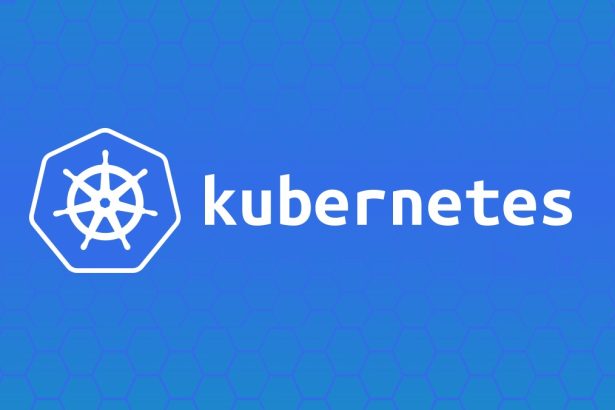Java has remained one of the most popular programming languages for decades, and for good reason. Its longevity is a testament to its relevance in enterprise applications, Android development, and most significantly, backend development. The modern Java stack amplifies Java’s capabilities with industry-leading frameworks, tools, and practices, enabling developers to craft scalable and efficient backend systems.
This blog provides a comprehensive guide to the best resources for learning the modern Java stack and mastering backend development from the ground up. Whether you’re a complete beginner or an experienced developer seeking to hone your skills, you’ll find resources and practical advice to support your learning path.
Table of Contents
- What Is the Modern Java Stack?
- Why Learn the Modern Java Stack for Backend Development?
- Top Resources to Learn the Modern Java Stack
- Practical Tips for Mastering Backend Development with Java
- Summary
- FAQs About Learning the Modern Java Stack
1. What Is the Modern Java Stack?
The modern Java stack refers to the set of frameworks, libraries, and tools that elevate Java’s functionality for backend development. Unlike traditional Java development, which relied heavily on manual configurations, the modern stack prioritizes automation, simplicity, and scalability.
Key Components of the Modern Java Stack:
- Spring Boot: A streamlined framework for building microservices and enterprise-grade applications.
- Hibernate/JPA: Simplifies database interactions with robust ORM capabilities.
- Maven/Gradle: Modern build tools that make dependency management and project organization easier.
- Docker and Kubernetes: Essential for containerization and orchestration in cloud environments.
- IntelliJ IDEA: The preferred Java IDE for seamless development.
By mastering this stack, developers can create efficient, secure, and high-performing backend systems that meet modern demands.
2. Why Learn the Modern Java Stack for Backend Development?
Java remains a dominant force in backend development due to its platform independence, strong performance, and vast ecosystem. Learning the modern Java stack ensures developers are prepared to build applications that are scalable, maintainable, and suited for deployment in cloud-native environments.
Benefits of Learning the Modern Java Stack:
- Industry Relevance: Java is widely used in finance, eCommerce, gaming, and more.
- Microservices Architecture: Tools like Spring Boot simplify the creation of modular and scalable microservices.
- Job Opportunities: Companies consistently seek developers skilled in modern Java frameworks and tools.
- Future-Proof Skills: By learning tools like Kubernetes and Docker alongside Java, you’ll be equipped for cloud-based development.
Whether you’re managing databases, building APIs, or deploying to cloud infrastructure—modern Java equips you with everything you need.
3. Top Resources to Learn the Modern Java Stack
Below is a curated list of the best resources to help you learn the modern Java stack at every level, from foundational concepts to advanced backend development skills.
1. Books for Foundational Java Knowledge
Effective Java by Joshua Bloch
This classic Java book provides invaluable insights into writing clean, efficient, and modern Java code. Perfect for both beginners and experienced developers.
Why It’s Great:
- Focus on best practices.
- Covers Java 8 and beyond, including modern features like lambdas.
Purchase Here: Effective Java
Java 8 in Action by Raoul-Gabriel Urma
This book explores functional programming with Java 8 and introduces key features like Streams and lambdas with hands-on examples.
Why It’s Great:
- Beginner-friendly.
- Explanation of Java 8’s modern features.
Purchase Here: Java 8 in Action
2. Comprehensive Websites for Java Tutorials
Baeldung
Baeldung is a goldmine of Java tutorials, including everything from Spring Boot and Hibernate to advanced backend design patterns.
Why It’s Great:
- Clear, concise, and beginner-friendly tutorials.
- Detailed explanation of modern Java concepts.
Visit Here: Baeldung
W3Schools Java Tutorials
Ideal for absolute beginners looking to learn Java syntax and core concepts through interactive exercises.
Why It’s Great:
- Beginner-friendly approach.
- Covers Java basics like loops, arrays, and OOP principles.
Visit Here: W3Schools Java
3. Online Courses for All Skill Levels
Java Programming and Software Engineering Fundamentals (Coursera)
A step-by-step beginner’s course inspired by real-world Java use cases.
Benefits:
- Taught by Duke University professors.
- Includes hands-on exercises to reinforce learning.
Access Here: Coursera
Spring & Hibernate for Beginners (Udemy)
Focuses on using Spring Boot and Hibernate to create backend applications.
Why It’s Great:
- Practical insights into Spring Boot-based projects.
- Content tailored for fast application design and deployment.
Access Here: Udemy Course
4. YouTube Channels That Simplify Complex Concepts
Java Brains
Java Brains offers bite-sized tutorials covering modern Java features, Spring Boot development, and RESTful API creation.
Benefits:
- Beginner-friendly tone.
- Structured playlists for gradual learning.
Find Here: Java Brains
TechWorld with Nana
Known for beautifully explaining concepts like Docker, Kubernetes, and microservices integration with Java.
Why It’s Great:
- Visual explanations.
- Perfect for DevOps-focused Java developers.
Find Here: TechWorld with Nana
5. Must-Explore Tools and Frameworks
Spring Boot Guides
Explore free guides and tutorials directly from Spring, covering everything from REST API development to microservices architecture.
Visit Here: Spring Boot Guides
IntelliJ IDEA Documentation
Get familiar with IntelliJ IDEA to maximize productivity while building Spring Boot projects.
Visit Here: IntelliJ IDEA Guide
4. Practical Tips for Mastering Backend Development with Java
- Start Small: Begin with a simple REST API using Spring Boot and gradually add complex features like authentication and caching.
- Focus on Frameworks: Master Spring Boot and Hibernate before exploring additional tools.
- Practice Regularly: Build hands-on projects, such as eCommerce applications or inventory systems.
- Learn CI/CD Integration: Use Jenkins or GitHub Actions to implement automated pipelines for your backend services.
- Join Communities: Engage in forums like Stack Overflow, Reddit’s r/java, or Dev.to to solve problems and exchange knowledge.
5. Summary
Mastering the modern Java stack equips backend developers with the tools and skills to build scalable, secure, and cloud-ready applications. From Spring Boot and Hibernate to Docker and Kubernetes, these technologies form the backbone of countless enterprise-grade systems. By leveraging the resources listed above, you can seamlessly transition from a Java beginner to a full-fledged backend pro, ready to tackle real-world challenges.
6. FAQs About Learning the Modern Java Stack
1. Is Java still relevant for backend development?
Yes, Java remains one of the most widely used and reliable languages for backend development, especially in enterprise contexts.
2. How long does it take to master the modern Java stack?
With consistent practice and learning, you can grasp foundational concepts within 3-6 months and advanced topics within a year.
3. Do I need to know Java before learning Spring Boot?
Yes, understanding Java basics is essential before transitioning to frameworks like Spring Boot.
4. Can I learn Java backend development for free?
Absolutely! Many free resources, including Baeldung, FreeCodeCamp, and W3Schools, enable learning without cost.
Start your learning path today and unlock the potential of modern Java for backend development!





